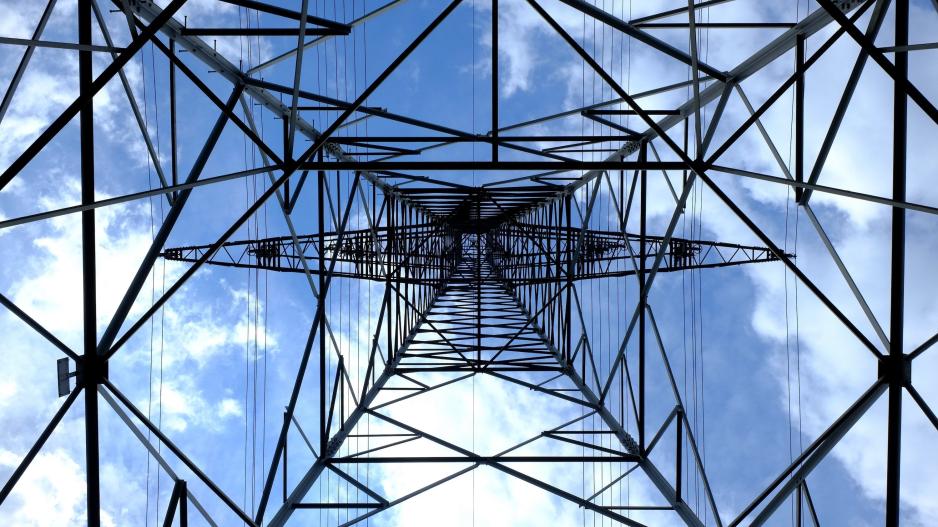Global Electricity Demand Faces Decline Amidst Energy Crisis and Economic Slowdown
The world is witnessing a downturn in electricity demand in 2023 due to the widespread impact of the global energy crisis and economic sluggishness, as reported by the esteemed International Energy Agency (IEA). Advanced economies, in particular, are experiencing a decline in electricity consumption, which has dipped below 2% this year, compared to 2.3% in 2022. This trend is markedly lower than the 2.4% annual average recorded during 2015-2019. The IEA projects a modest recovery in 2024, with a forecasted increase to 3.3% as economic prospects improve.
The heart of the decline lies in the reduced electricity demand witnessed in advanced economies. These nations are grappling with the ripple effects of the ongoing global economic crisis and are now facing an economic slowdown. Consequently, their appetite for electricity has decreased significantly.
Specifically, the European Union and Japan are projected to encounter a 3% drop in electricity demand this year, while the United States is anticipated to witness a reduction of approximately 2%. The slowdown in these regions is being offset by substantial electricity demand growth in the two most populous countries in the world, China and India, where the demand is expected to rise by 5.4% and 6.4%, respectively.
In particular, the European Union (EU) is facing a second consecutive year of declining electricity demand, reaching the lowest point recorded in the last two decades. This year, the demand is anticipated to drop by 3%, following a similar decrease observed in the previous year. This persistent trend points to the EU's current challenges in regaining its industrial competitiveness in the face of global economic uncertainties.

As electricity demand recedes, renewable energy sources are stepping up to meet the world's power needs. The IEA estimates that in 2023 and 2024, renewable sources will cater to the entirety of the additional electricity demand. Moreover, by 2024, renewable energy is expected to account for over one-third of the global electricity supply for the first time ever.
Despite the welcome decline in wholesale electricity prices in Europe, they still remain relatively high compared to 2019 levels, indicating ongoing market challenges. Prices have halved since their peak in 2022, returning to 2021 levels. Policymakers face the critical task of finding ways to ensure price stability and affordability for consumers and industries alike.
Moreover, the EU's energy-intensive industries have not yet fully recovered from the previous year's production decline, leading to a remarkable 6% annual drop in electricity demand during the first half of this year. These industries accounted for two-thirds of the EU's overall demand decrease in 2022, driven by soaring electricity costs. This persistent trend puts the EU's industrial competitiveness at stake, with future discussions crucially shaping the trajectory of its energy-intensive sector.
The global electricity market is navigating turbulent waters in 2023, with declining demand due to the far-reaching impact of the global energy crisis and economic slowdown. Advanced economies, including the EU, are grappling with the challenge of reviving electricity demand amidst a complex and uncertain landscape. Nonetheless, the rise of renewable energy sources offers a glimmer of hope, as they are poised to meet the world's increasing power requirements in the coming years.






